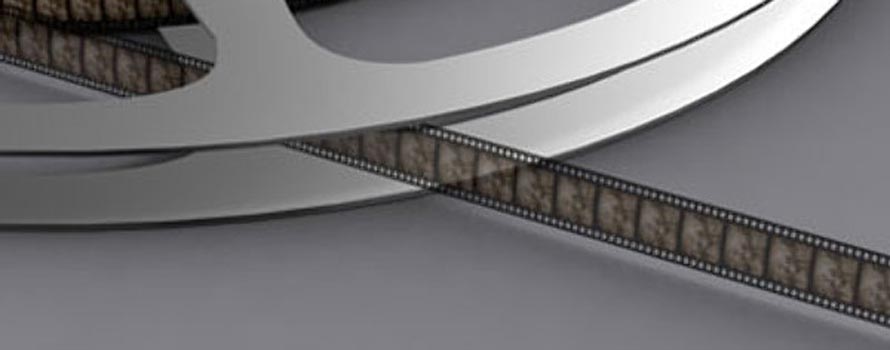
16 mm film is a historically popular and economical gauge of film. 16 mm refers to the width of the film, with other common film gauges including 8 and 35 mm. It is generally used for non-theatrical (e.g., industrial, educational) film making or for low budget motion pictures. It also existed as a popular amateur or home movie making format for several decades, alongside 8 mm film, and later Super 8 film. In 1923, Eastman Kodak released the first 16 mm “outfit” consisting of a camera, projector, tripod, screen and splicer for $335.[1] RCA-Victor introduced a 16 mm sound movie projector in 1932 and developed an optical sound-on-film 16 mm camera, released in 1935.
History
Eastman Kodak introduced 16 mm film in 1923 as a less expensive amateur alternative to 35 mm film. During the 1920s, the format was often referred to as sub-standard by the professional industry.[citation needed]
Kodak hired Willard Beech Cook from his 28 mm Pathescope of America company to create the new 16 mm Kodascope Library. In addition to making home movies, people could buy or rent films from the library, a key selling aspect of the format.
Intended for amateur use, 16 mm film was one of the first formats to use acetate safety film as a film base. Kodak never used nitrate film for the format because of the high flammability of the nitrate base. 35 mm nitrate was discontinued in 1952.
Production evolution
The silent 16 mm format was initially aimed at the home enthusiast, but by the 1930s it had begun to make inroads into the educational market. The addition of optical sound tracks and, most notably, Kodachrome in 1935, gave an enormous boost to the 16 mm market. Used extensively in WW2, there was a huge expansion of 16 mm professional filmmaking in the post-war years. Films for government, business, medical and industrial clients created a large network of 16 mm professional filmmakers and related service industries in the 1950s and 1960s. The advent of television production also enhanced the use of 16 mm film, initially for its advantage of cost and portability over 35 mm. At first used as a news-gathering format, the 16 mm format was also used to create television programming shot outside the confines of the more rigid television studio production sets. The home moviemarket gradually switched to the even less expensive 8 mm film and Super 8 mm format.
16 mm has been extensively used for television production with light cameras in many countries before portable video cameras appeared. Replacing analog video devices, digital video has made significant inroads in television production use. Nevertheless, 16 mm is still in use in its Super 16 ratio (see below) for low cost productions.
